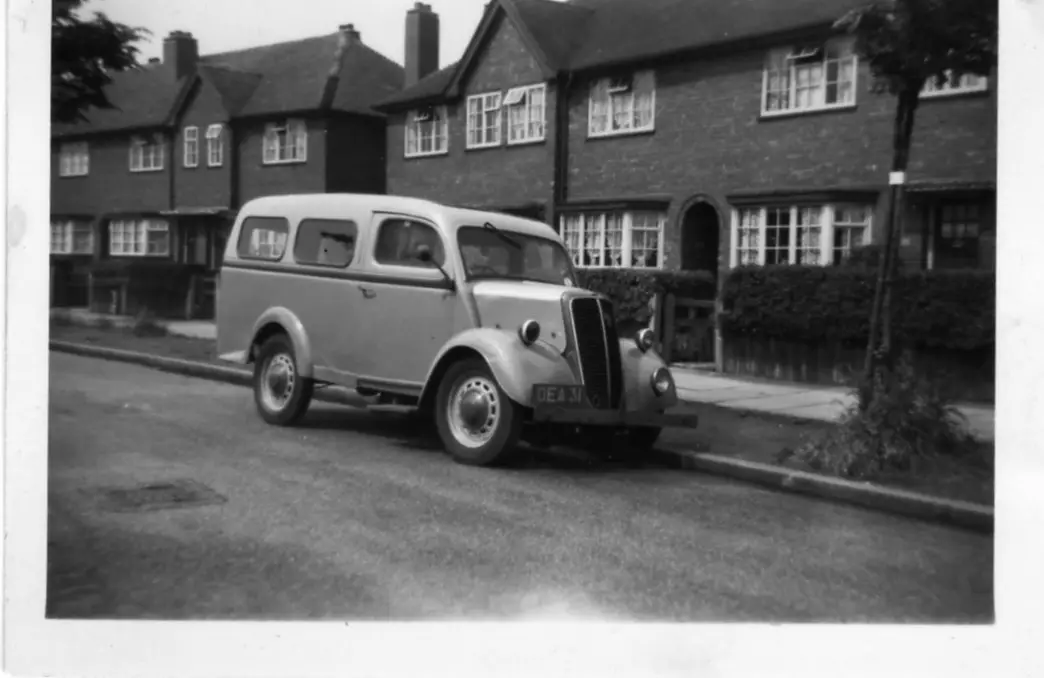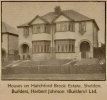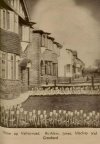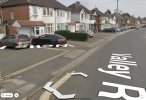Hi Bernard,
Sorry but my father died in 1965 at the very early age of 51, heart attack!! As said in my previous post having finished the job for Sapcotes of building the new Ferry terminal/harbour at Weymouth, all the building work the government wanted at the start of the war was completed so he was called up. He never went back to building work, but worked with my mother selling flowers in the Bull Ring, which is covered with a photo of them in the Birmingham Markets thread on this site.
My father told me a funny story about when he was called up, as he had been on the contract in Weymouth for nearly 2 years and was used to driving back to B'ham at weekends, using the cover that they were collecting building materials, due to fuel rationing, he was a competent lorry driver, so when he was called up he trained in Wiltshire on a large country estate belonging to the owner of a local brewery called 'Joules' who made sure they always had a few barrels of beer in the mess for which they were very thankful.
Having completed their basic training the recruits were paraded and the Sergeant, shouted out 'all those of you who can drive a lorry step forward', so he took one step forward, the Sergeant then shouted out 'all those drivers from Birmingham step forward', he took another step forward together with 3 or 4 other men. Right said the Sergeant you lot are now Royal Army Service Corp, get your kit and get on that lorry. That was the method of selection used in the Army in those days of 1942.
On arriving at the new RASC base it became apparent why they wanted drivers from Birmingham, as it was war time, all the direction boards had been removed from road junctions across the country, to confused the enemy should they invade!! So you had to have a good knowledge of the roads to find your way to Birmingham, then when you got to B'ham to know where the factories were, so for the next few months, Dad was the lead driver for a convoy of lorries which were travelling to Birmingham collecting Armaments and other goods and taking them to the ports on the south coast of England for loading onto ships for shipment mainly going to North Africa where we were fighting Rommel.
He said it was a nice little number as when they got to the factory in Bham to load up, it took several hours, so he would leave the other drivers in charge and jump on the bus to visit my mother who lived in the Bull Ring!!! One of the regular pick ups was at the BSA, Small Heath, where they regularly collected loads of boxes of 'Sten guns'. Whilst hanging around one day he persuaded one of the foremen to let him have a go with a Sten Gun on the range, he was quite impressed with the speed of fire and the lightness of it, he was told that BSA made then for 10 shillings each. He said they were called in the Army the '10 bob machune gun'!!
After this nice little number came to an end, it was his turn to get on a boat in a convoy destined for Egypt, but they went around the Cape avoiding the Med and joined the 8th Army, 'Desert Rats'. How he got back to England in 1944 is another interesting story.
Smiler









